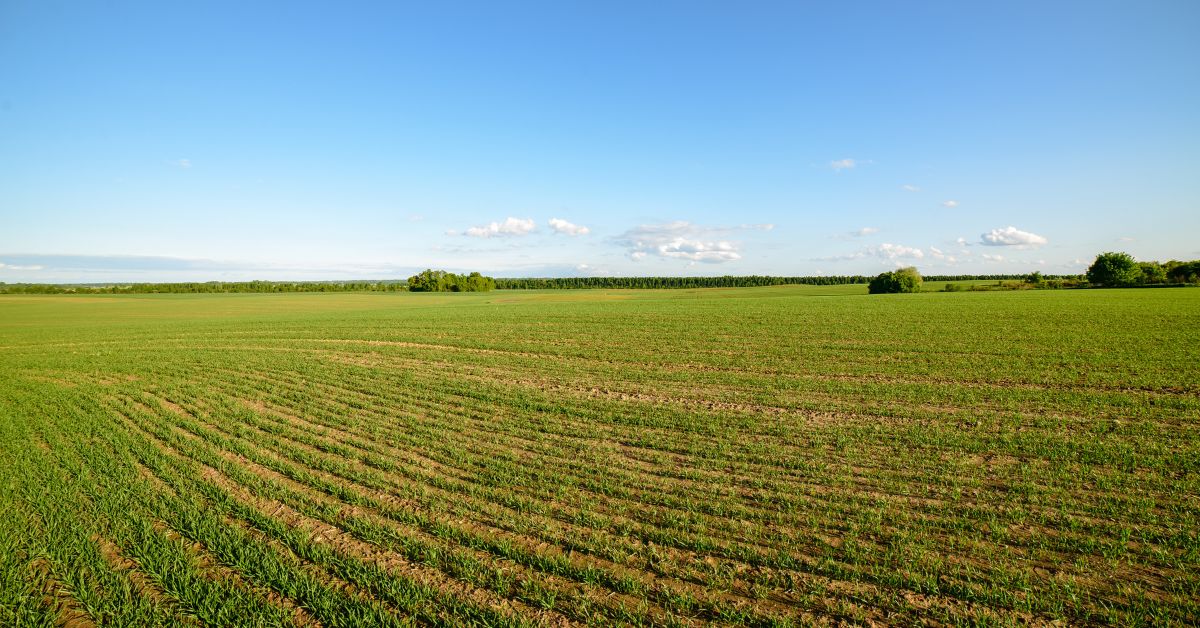Non-Residential Land vs Residential Land
Deal Acres
Last Update 2 years ago
Buying a developed home is very different than investing in land. The type of land you invest in, but, has a significant impact on your return on investment. Which offers a higher return on investment, residential or non-residential land? is one of the most commonly asked questions by all investors.
Non-Residential Land vs. Residential Land
The land is generally divided into residential and non-residential uses based on usage. Additionally, non-residential land is divided into –
- Industrial
- Commercial
- Agricultural
Independent investors have a choice between purchasing industrial, commercial, and agricultural land. The government holds the land set aside for transportation and recreational uses and grants it to private developers through competitive bidding.
Residential Land
Residential land Both single-family homes and multifamily buildings can be built on residential property to register as residential real estate. The local development authority or the department of town and rural planning zones a plot of land for residential use. But you can utilize it for other types of investments, such as earning rental revenue or, in some exceptional cases, for industrial or agricultural reasons.

How To Buy Residential Land?
You must first create an agreement with the seller on stamp paper costing a least of Rs. 50 before you may buy land. The agreement should include information like:
- The agreed-upon price of the land
- What will happen if one of the parties doesn’t pay for the sale?
- The specifics of the land, including its dimensions and location
The next stage is to register the land after the agreement has been created. After completing the necessary paperwork and paying a registration cost that varies by State. you must register with the office of the Sub-registrar of Assurances. The required documents differ from State to State as well.
The last stage is changing the property title in the land and revenue records of the local administration or municipal authority from the old owner to the new one.
How can Residential Land be used?
Building a single-family home, a multifamily condominium, or an apartment complex are the main uses of residential land. The land may also be invested in as a rental property. You must take into account a few aspects, such as
- The property’s proximity to town amenities like schools, shopping centers, and places of employment.
- The road accessibility of the property and its connectivity to the town’s key hubs
Non-Residential Land
Non-residential land can be defined as any piece of property free of any residences. Additionally, undeveloped land is considered non-residential. but can become residential if a residential building is built there within a reasonable amount of time. This kind of land is utilized for things like erecting a school or housing for students, a hospital or palliative care center, a prison or rehabilitation facility, a hotel, farming, constructing a factory, and other things.
Non-residential land is further divided into many groups according to its specific use:
1. Industrial Property
Industrial land is land that is used to build factories or assembly lines for manufacturing. To prevent disputes between commercial interests and neighborhood inhabitants, cities and towns frequently set aside specified regions or parcels of land for industrial construction. Businesses use this kind of land to construct factories, warehouses, cold storage facilities, light manufacturing plants, and R&D facilities.

2. Commercial land
On property set aside for commercial development, offices and retail areas are typically constructed. This land is typically found in urban centers or in places that are easily reached by public transportation. The commercial property delivers high income at a larger risk than residential property, which has lower and more consistent returns. commercial land is frequently divided into three categories: primary, secondary, and tertiary. If you want to buy commercial land, look for a place that will soon have infrastructural improvements nearby.

Advantages of Investing in Industrial or Commercial Property
Commercial and industrial real estate is regarded as being among the most lucrative investment opportunities in non-residential real estate. Investing in commercial or industrial property has the following benefits:
Higher yields: Since industrial real estate is less subject to market fluctuations, its value may rise by ten percent yearly. With such strong returns on investment, the initial expenditure is quickly recouped. Commercial properties are also known to offer greater rental yields of 3–4%. In comparison to residential properties (1-2%), making them a more helpful investment opportunity.
Long-term tenants: Leases for industrial and commercial real estate are often longer than those for residential real estate. Ranging from three to ten years to as many as 99 years. This guarantees a steady stream of income throughout time with minimum work on the part of the landowner.
No maintenance costs: When it comes to industrial or commercial premises, the tenants are typically responsible for doing maintenance tasks and making repairs. Because they like to maintain a welcoming storefront for generating revenue on their own terms. The landowner incurs less maintenance costs since the tenants renting industrial land appreciate little intervention from the landlord in their operations.
Tenants pay taxes: The terms of leases for industrial and commercial properties are typically written. so that renters are responsible for paying the property tax as well as other fees like the council rate, water rate, and land tax.
3. Agricultural land
Agricultural land is defined as arable land that is used to cultivate agricultural crops or pastures. Only farmers are permitted to purchase this property under the regulations governing the sale of agricultural land. However, a number of urban investors are discovering ways to invest in this kind of property in order to generate sizable returns on investment over time. Agricultural land can only be used for farming. if the owner wants to utilize the land for residential or commercial uses, they must convert it to non-agricultural land.

Advantages of Buying Agricultural Land
Excellent returns: If there are any new or forthcoming government projects, infrastructure developments, or highway/road plans nearby, agricultural land might give you excellent returns.
No depreciation: It’s unlikely that the value of your land will decrease. Due to the decline in the overall quality of the structure, building, and maintenance factors, apartments or standalone homes lose value over time.
Has the potential to generate passive income: Investing in productive agricultural property in a prime location will not only guarantee a higher return on investment. through appreciation but also allow you to use the land for cultivation in the future.
Take advantage of agro-real estate trends: A lot of states are allowing agricultural property portions to be used for horticulture, affordable housing, and other novel ventures.
Disadvantages of Buying Agricultural Land
Ownership restrictions: While some states allow anybody to own agricultural land, many other States and regions only allow farmers and farming families to do so. People can only lawfully possess agricultural land in certain places through inheritance. The quantity of agricultural land that one person may purchase is also restricted.
Converting land takes time: It is difficult to turn agricultural property into a residential plot. There are various procedures and rules to remember.
Farming is a laborious activity: you should be familiar with the local agricultural customs, topography, and legal framework.
Conversion of Agricultural Land to Residential Land
After receiving the required approval from the local authorities, you can change the use of agricultural land to residential by filing a “change of land use” application. You must first inform the commissioner of the department of land revenue in writing of your plan to convert the land. You must provide the following paperwork with your application:
- ID proof
- Mutation letter
- Original sale deed/Gift partition deed
- Last paid tax receipt
- Certified land survey map

